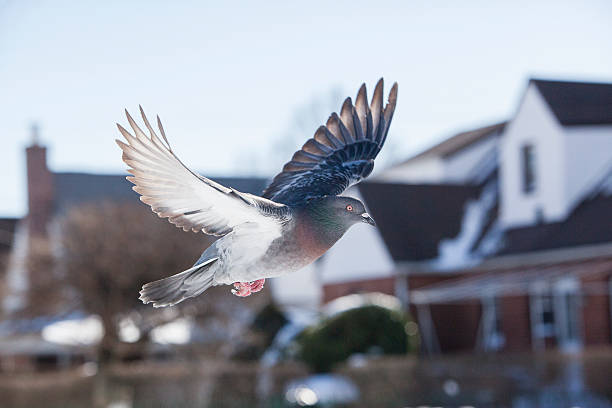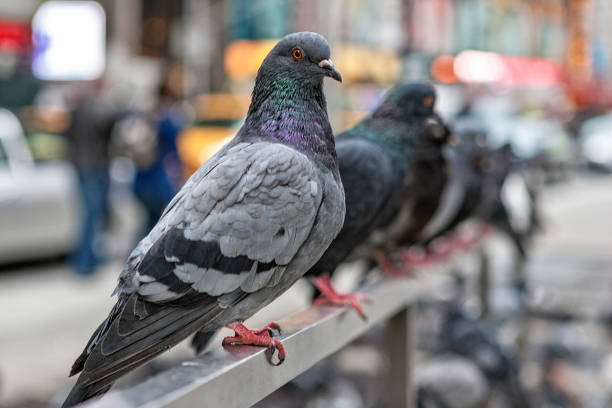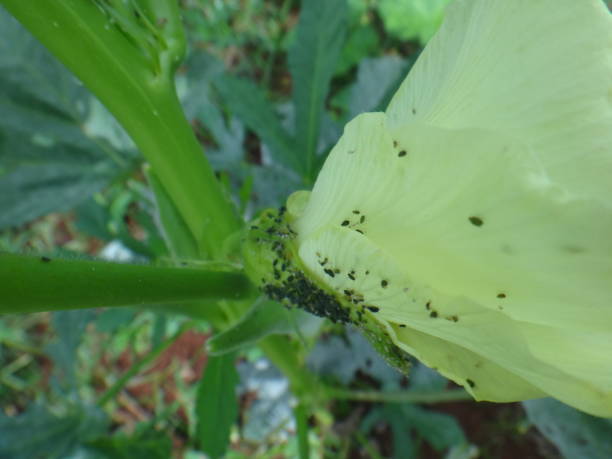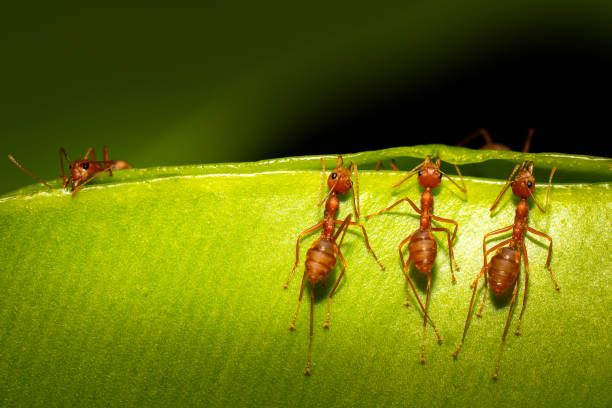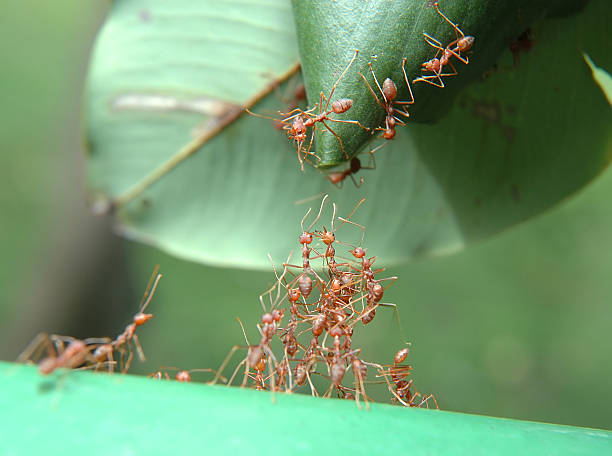Crawling silverfish in the kitchen or bathroom: many people are disgusted by this sight. The creepy crawlies dart around quickly and are hard to catch. However, you can get rid of the animals with the help of a few home remedies.

Silverfish love kitchens, bathrooms or basements
In contrast to their tropical and subtropical relatives, Central European silverfish live exclusively in human dwellings. You can usually find them in the kitchen, bathroom, toilet, laundry room or in the basement, because they love high humidity and warmth. The animals also prefer room temperatures between 20 and 30 degrees. The silverfish are nocturnal and hide in dark cracks, joints, crevices and holes during the day. This can be, for example, in wallpaper, floors, baseboards and skirting boards.
In the dark, the silverfish go in search of food in the apartment. Diet consists primarily of carbohydrates, such as hair, dander, dust mites, flour, cereals, baked goods, starchy glue or wallpaper paste, cotton, linen, silk, mold, paper and synthetic fibers, dead insects, and sugar. Silverfish are also able to go several months without food. Earwigs and spiders are known to be natural predators of silverfish. If the conditions in your apartment are right, the silverfish multiply rapidly. In dry and cold conditions, no propagation can take place.
Silverfish become sexually mature at around one year old and can live up to eight years if living conditions are favourable. Silverfish have probably been inhabiting the earth for 300 million years and are among the oldest animal species. Solitary silverfish can even be seen as beneficial in your home, as they eat allergy-causing dust mites and mold. Silverfish do not pose a threat to human health. It has not yet been proven that they transmit diseases. For these reasons, individual animals do not have to be fought. However, if silverfish appear in large numbers, this can be an indication of a mold problem in your home.
Silverfish can be a sign of mold in the home
If there is a suspicion that the humidity in the apartment is too high, you will see this in the silverfish population. If you notice that there are a lot of silverfish in your kitchen, bathroom or basement, it makes sense to consult a mold expert.
If you want to prevent a silverfish infestation, it helps to ventilate the room regularly and provide additional heat in damp rooms. The hiding places that the animals use during the day can be sealed off, for example. If this is not possible, daily, thorough vacuuming of the hiding places will help. If you suspect silverfish in the bathroom or toilet, you can scald the drains in the sinks and tubs with hot water and close the drains overnight. If you find the silverfish in the basement, it wouldn’t be a bad idea to accept earwigs and spiders that might also be there. The silverfish are namely on their menu.
There are also some home remedies for silverfish that can help you get rid of them. For example, the little animals do not like the scent of lavender and lemon at all. Lavender oil or a few squirts of lemon in the mop water are guaranteed to help get rid of the silverfish. Honey is also great for removing the pests from the home. Spread it on a piece of cardboard and throw away the glued silverfish along with the cardboard the next day. After a few repetitions, you gradually bring them out of the apartment. The potato trick works well too. To do this, place a hollowed-out potato on foil. If the animals eat into the potato during the night, you can wrap it in foil the next morning and dispose of it. A slightly harder method is baking powder mixed with sugar. After eating, the belly of the silverfish bursts and they die. Sticky traps* are not exactly animal-friendly either, but they serve their purpose. The animals stick to the trap overnight, which attracts them with a special scent and you can dispose of them together with the trap.

Get rid of silverfish – if necessary with chemical weapons
If you have some sympathy for the silverfish but still want to get rid of them, the best way to do this is with a glass trap. Ideally, you should use a large glass, such as a pickle jar, that is wrapped with crepe on the outside. This makes it easier for the animals to get in. There should be an attractant for the silverfish in the jar. For example cookies or oatmeal. The animals crawl into the jar overnight but can no longer escape because the inside of the jar, which is not covered with crepe, is too smooth. The next day you can release them outside of your home and they can go on living.
If nothing helps and you can’t get rid of the silverfish, you can opt for chemical weapons. There are very good sprays* that help against vermin*, including silverfish. Caution: Here, however, all instructions for use and warnings should be read, observed and then implemented before use. In order to protect pets and roommates, it is worth using a special silverfish trap* that does not use any chemicals at all. With bait boxes*, it is also advisable to follow the manufacturer’s specifications exactly. As a last resort, if nothing else helps, a so-called fogger could be used. A fogger fogs bugs out of the smallest cracks, but it should only be used with extreme caution.
It may be worth getting the professional advice of an exterminator. The professional recognizes the possible causes of the infestation and can act quickly and purposefully so that the silverfish infestation is not spread and a renewed, delayed outbreak of the population can be prevented.




